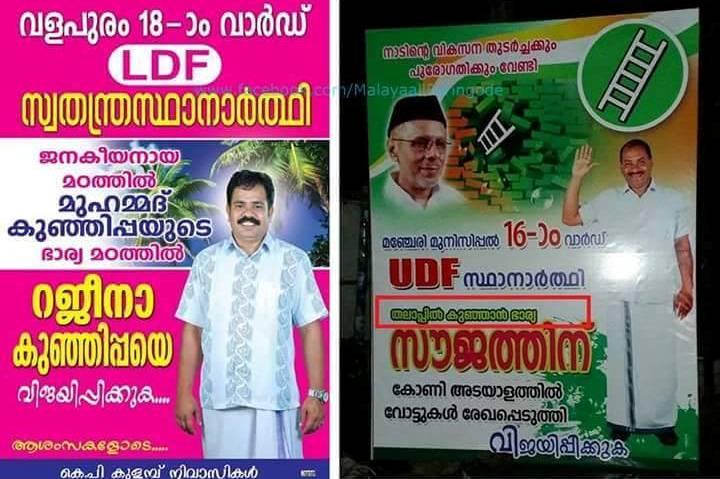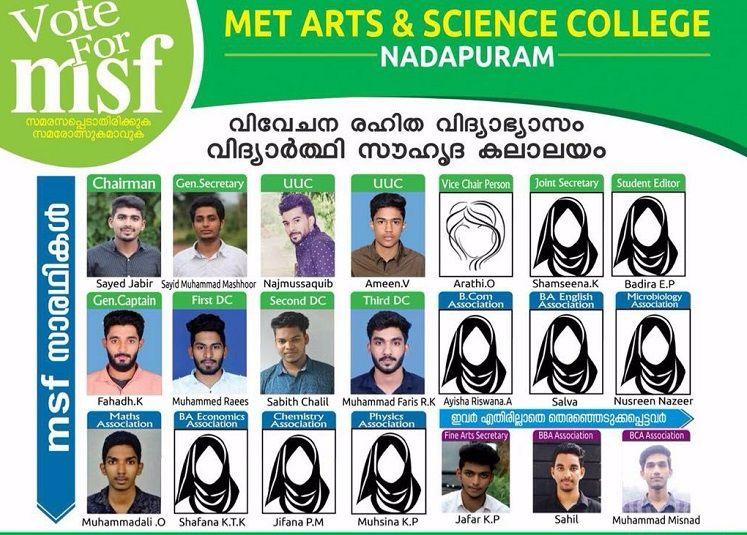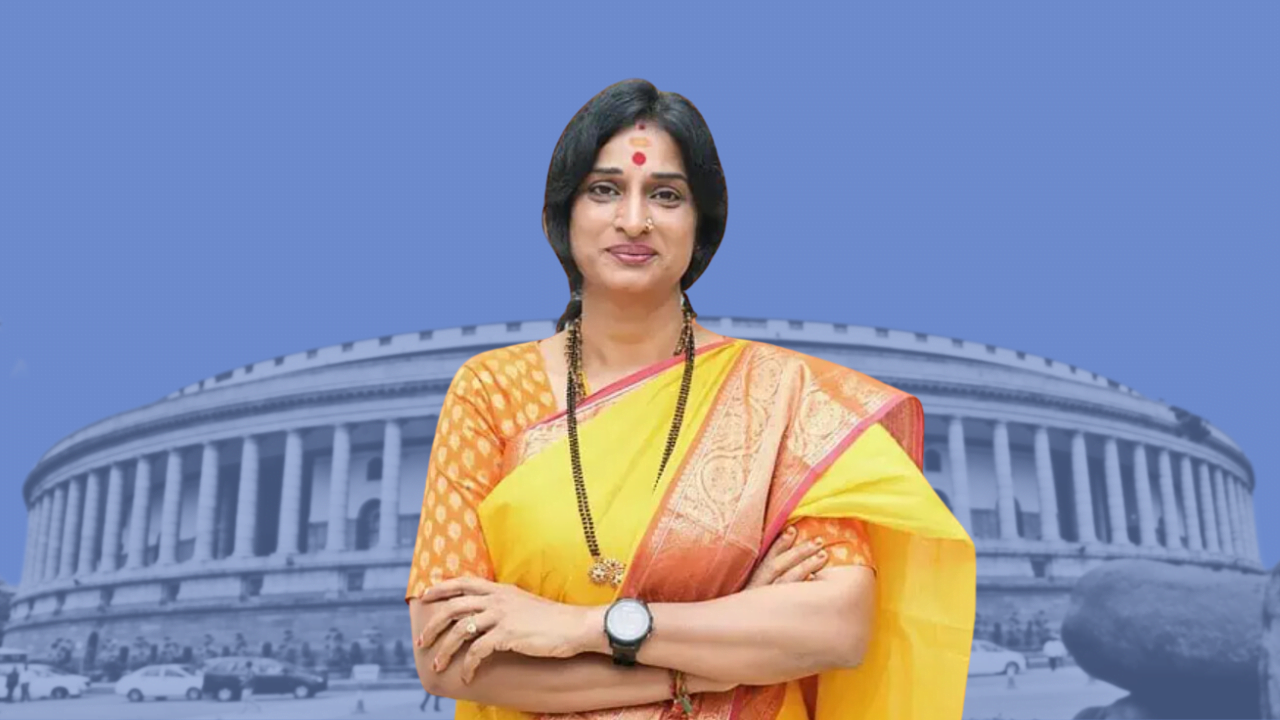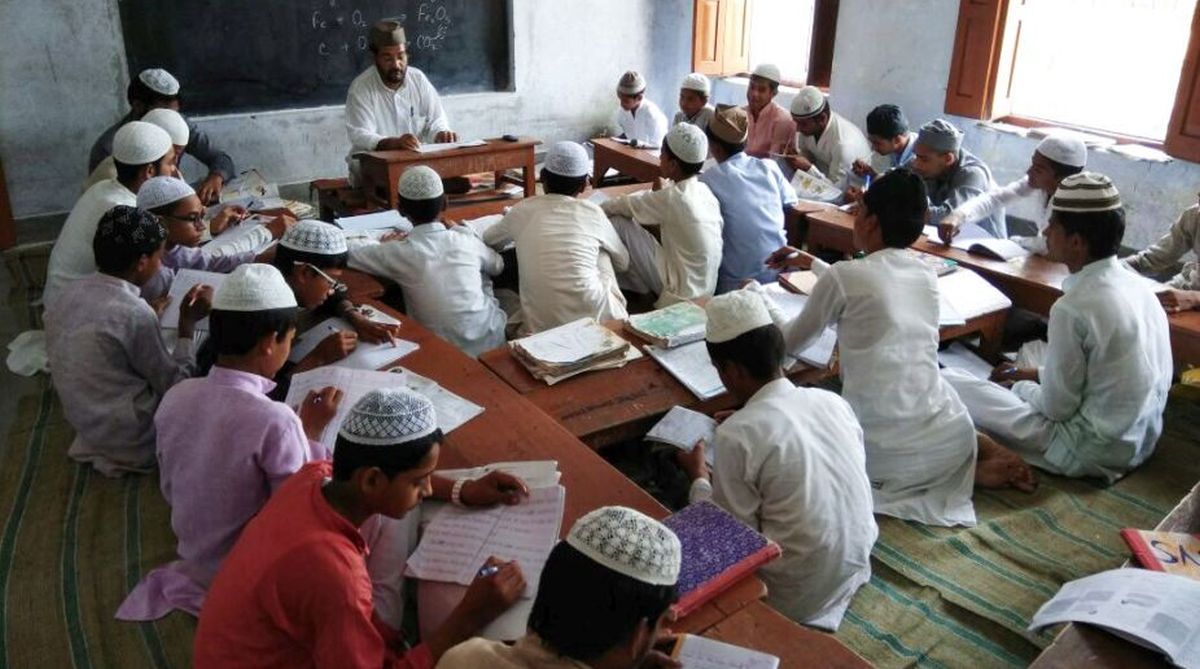Posted by Alankrita Anand
Twenty-five years after women were given 33% reservation in local self-governance bodies, many women sarpanchs remain faceless wives and daughters-in-law.
Rekha is one of Rajasthan’s 8270 sarpanchs or village heads. She was elected from a group of villages with a total population of around 5000 people. Seema is a sarpanch from the neighbouring village of Bugdaar, with more or less the same population under her. Both women contested and won from constituencies reserved for women under the Constitution 74th Amendment Act which guarantees 33% reservation for women to promote women’s political participation in Panchayati Raj Institutions.
Community Correspondent Sunita Kasera visits Rekha and Seema and asks them about their decision to contest, their everyday duties as sarpanch and the difficulties they face in carrying them out. Sunita’s camera follows the women as they work in their homes and in the fields, cooking for their families and tending to the crops. Her camera also follows the men in the two families, seen with books and papers, sitting on chairs while the women sit on the floor with their faces covered with a veil.
“My husband said that I must contest. Initially, I hesitated but I contested because I am also educated”, explains Rekha. Seema, too, was asked to contest by her husband and father-in-law. Both women have been educated until the 10th grade.
“I met eight women sarpanchs around my village, and all of them have similar stories. The men in their marital families tell them to contest and then disallow them from carrying out most duties that require meeting people in the village and especially, senior officials”, says Sunita.
The men in their marital families tell them to contest and then disallow them from carrying out most duties.
The phenomenon of sarpanch pati or husbands who wield control in panchayats by making their wives contest is neither new nor rare. Even the Prime Minister has taken cognizance of the problem and identified it as a hurdle to women’s progress. In a case in Ratlam in Madhya Pradesh, a man even had a ‘power of attorney’ document which gave him the right to take decisions in place of the elected woman sarpanch whose election expenses he had purportedly paid for. A woman sarpanch from Odisha also ‘authorised’ her husband to carry out her duties as sarpanch saying that she did not do it under pressure but citing domestic responsibilities.

Posters campaigning for women candidates in Kerala. Source: TheNewsMinute.
Sunita asked the husbands of Rekha and Seema why their wives were allowed to do little besides attending some meetings. “They said that the women wouldn’t understand much about public affairs,” says Sunita, who then asked the women the same question.
Initially, both Rekha and Seema try to avoid answering but when Sunita asks them whether they are capable of managing things on their own or not, Rekha’s answer is a confident yes. Why do the women not carry out their duties on their own, then?
“I have been elected sarpanch for five years, I was a daughter-in-law before this and will be a daughter-in-law even after my term. I wear a veil now and I will have to wear a veil even after five years,” says Rekha. Seema, explaining why she does not go to meetings alone or to oversee the work at MNREGA sites, also brings up the compulsion to wear the veil. The veil, when imposed on women, severely hinders their public participation. Both Rekha and Seema are well aware of this, and of their positions as daughters-in-law who are primarily expected to play domestic roles.
I have been elected sarpanch for five years, I was a daughter-in-law before this and will be a daughter-in-law even after my term.
Rekha and Seema belong to the same state as India’s most celebrated woman sarpanch, Chhavi Rajawat. Rajasthan has also been in the news for its good performance in local self-governance for the past few years. In 2010, women in the state won almost 53 percent of the total seats in the elections for 9,862 panchayats, including 465 unreserved seats.

Faceless women contesting college elections. Source: TheNewsMinute.
But far from her state’s celebrated performance, Rekha sits on the floor with her face veiled while an elder male member of the family nonchalantly sips tea sitting on a chair. The image is almost symbolic of women being faceless and unseen across different rungs of politics and governance and in public affairs, at large. From local election posters which bear pictures of husbands of the contesting women and students’ union elections which feature faceless women, to the coverage of Hillary Clinton’s presidential nomination which earned Bill Clinton front page photographs, women’s efforts and contributions in public affairs are often brushed aside.

Hillary Clinton clinches nomination, Bill Clinton clinches front-page photo. Source: TIME Magazine.
“I want to change people’s perception of women being incapable of going out and managing public affairs. I gave my own example to the families of Rekha and Seema: I am a woman, I am expected to wear the veil, yet I go out and do my work in public spaces.” Sunita now plans to screen her video in the villages headed by the women sarpanchs and in her gender discussion club. She also wants to show it to the Block Development Officer to apprise him of what is happening to elected women representatives in his block; here’s hoping that her efforts spark a conversation.




